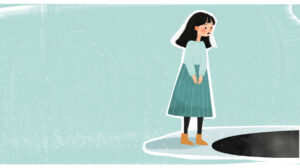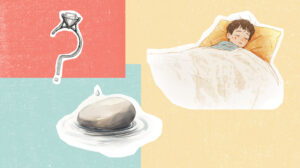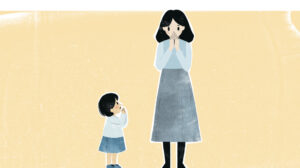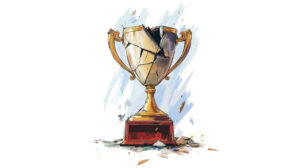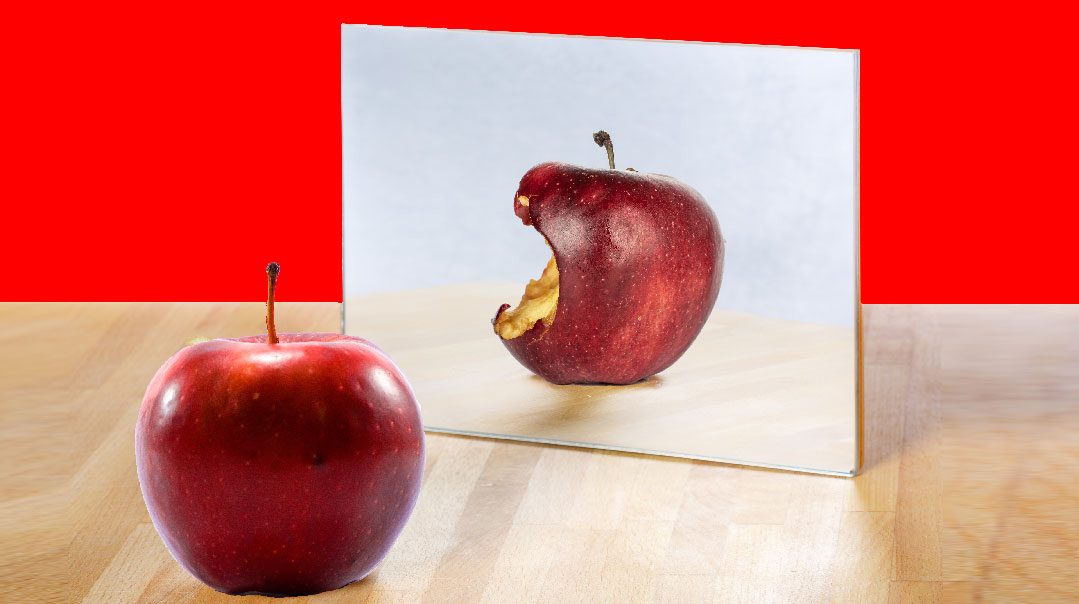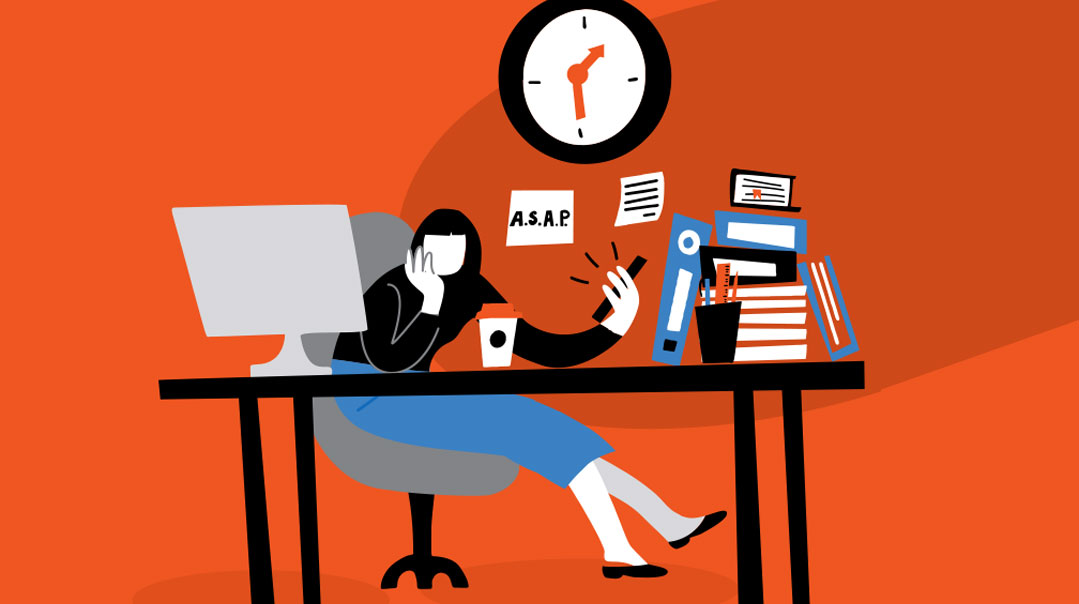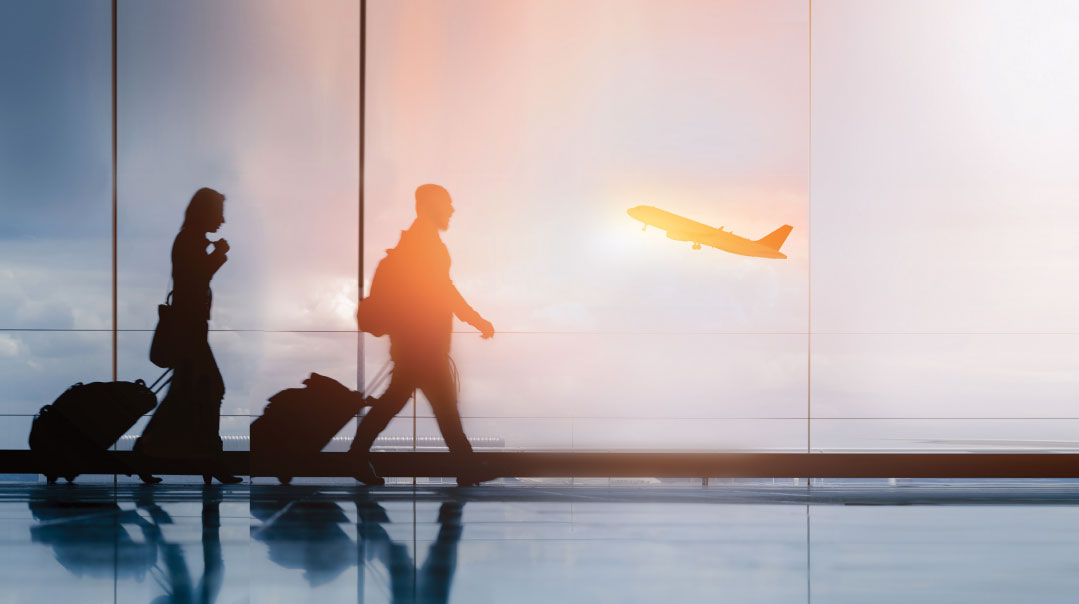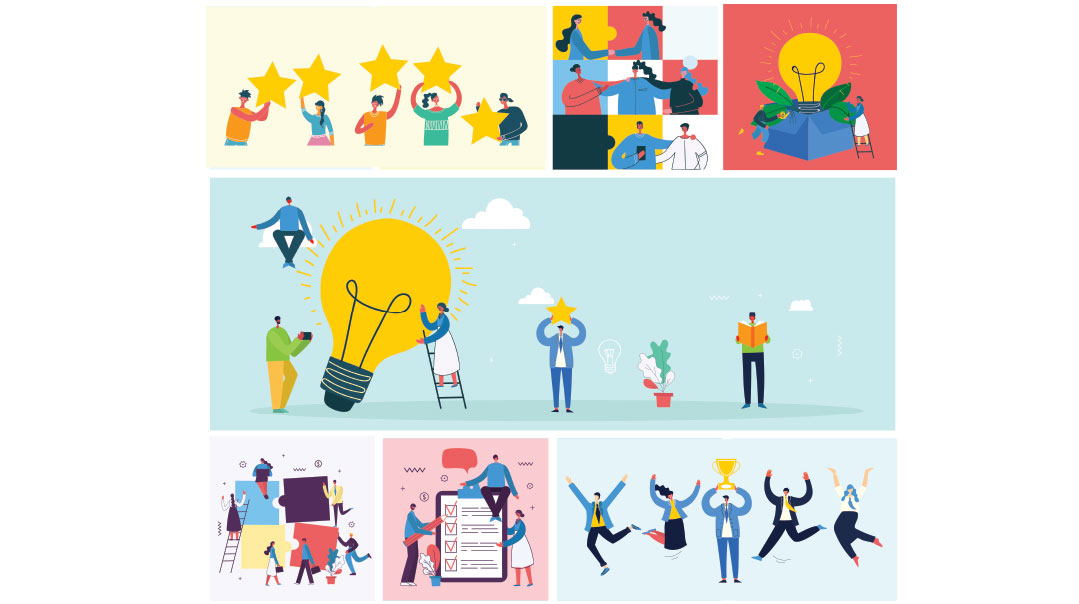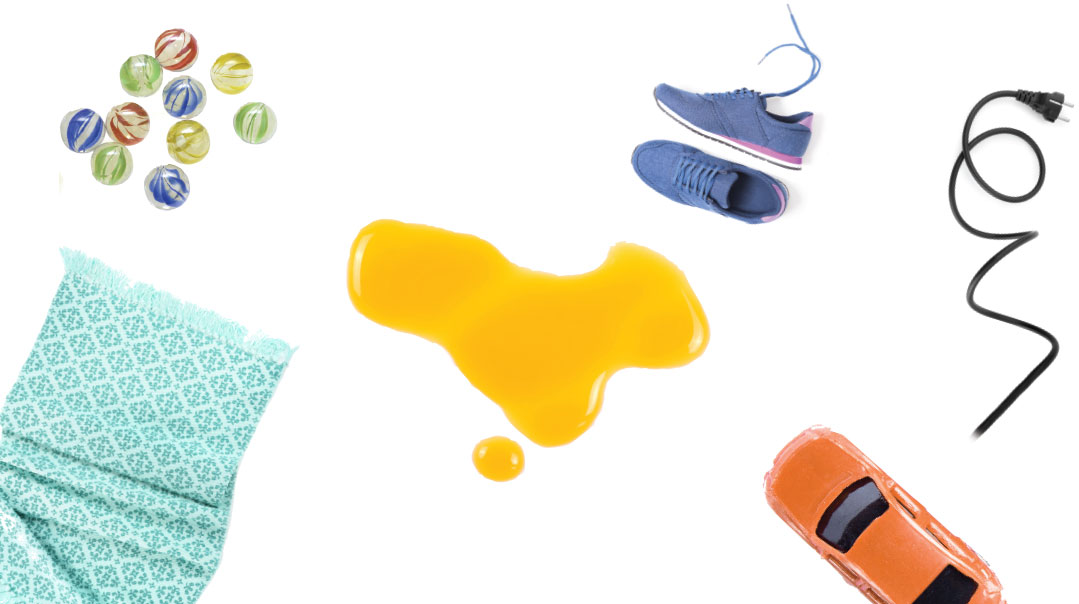Quiet People in a Noisy World
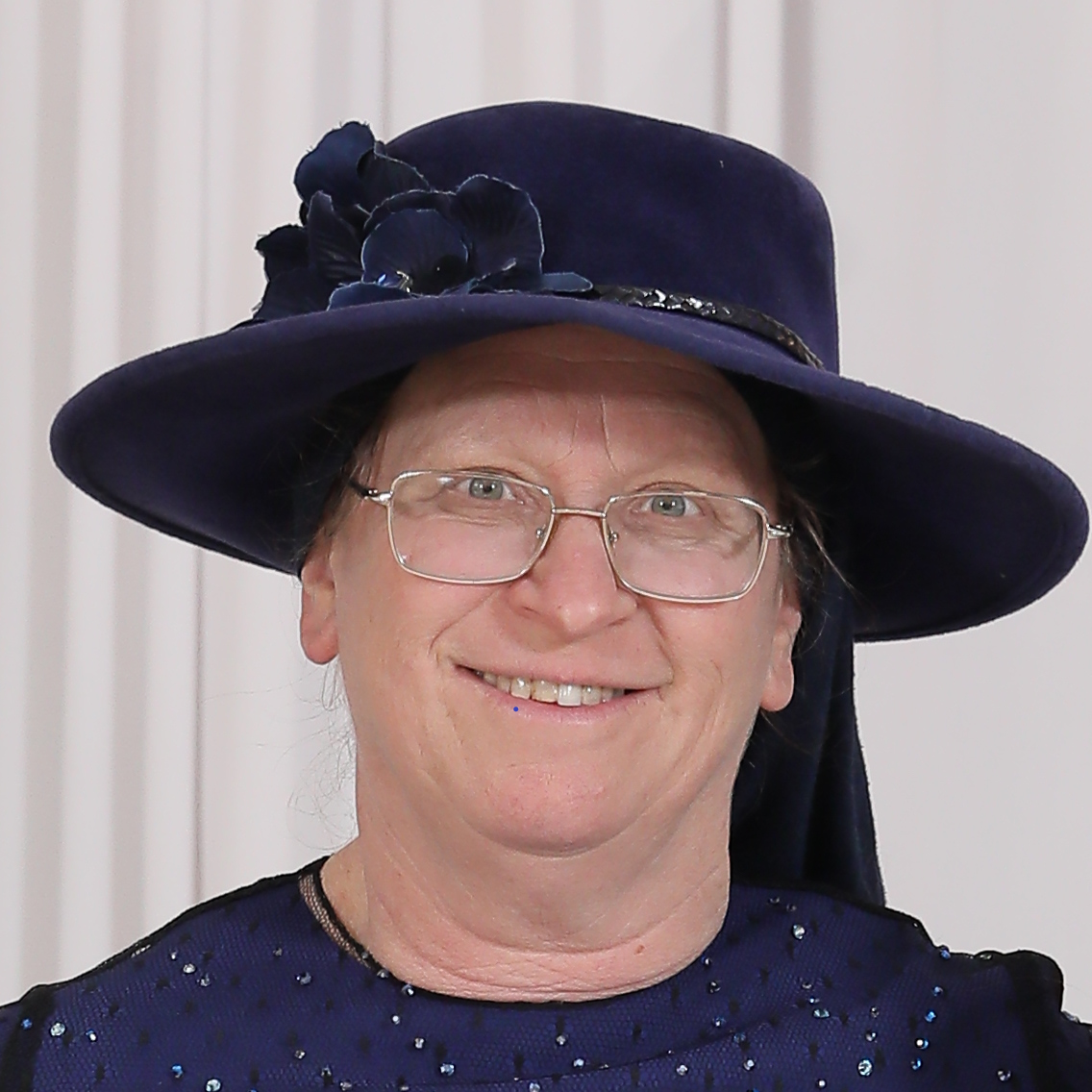
On Purim, Esther Hamalkah reminds us of the strength that lies in silence
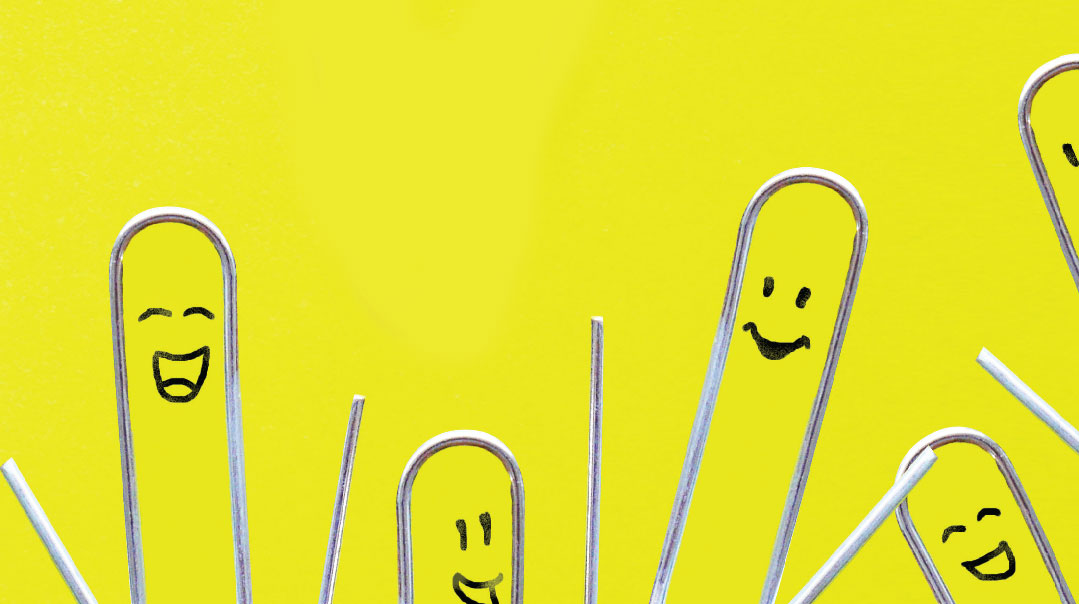
We live in a world that prefers bubbly rather than reserved, talkative over quiet. Which means that extroverts tend to take center stage. But on Purim, Esther Hamalkah reminds us of the strength that lies in silence.
"We’re downsizing the bar mitzvah,” my best friend says. “It’s going to be just immediate family.”
I try to sound disappointed. I’m glad we’re on the phone and not face-to-face, because an enormous grin splits my features. Great! I think. I don’t have to go to a simchah! I love my friend, and I love her son, but as an introvert, I believe the best social gathering is one that’s been canceled.
It’s not that introverts are against being social; we’re just pro-solitude.
Extroverts recharge their batteries with novelty, adventure, and by interacting with others, while introverts find all that overpowering. Predictable situations, time alone, and one-on-one social interactions energize us. We’ll go to social events when we have to, and may even enjoy them, for a little while. Then we need to recharge with a big dose of alone time.
“For introverts, who have a high level of internal activity, anything coming from the outside raises their intensity level index quickly. It’s kind of like being tickled — the sensation goes from feeling good and fun to too much and uncomfortable in a split second,” writes Dr. Marti Laney in The Introvert Advantage: How to Thrive in an Extrovert World.
What Each Craves
The brain’s reward center — the part that feels the satisfaction of getting something we want — lights up more strongly in extroverts, reports Dr. Laney. The rush of excitement extroverts get from highly stimulating situations, like novel or risky events, feels good to them.
Introverts are overwhelmed by that level of excitement. Research has shown they even salivate more than extroverts when tasting a drop of lemon juice.
These differences have been documented in four-month-old babies. The higher an infant’s heart rate, the more widely dilated his eyes, the tighter his vocal cords, the more stress hormones in his saliva, the more likely he is to become a quiet and reserved teenager — i.e., an introverted teenager.
In extroverts, stimulation travels on a short pathway in the brain that runs through the areas where taste, touch, sight, and hearing are processed. When excited, their brains shunt more blood to the regions that handle emotion. In introverts, stimuli are processed along a complex pathway that winds through areas of the brain that deal with memory, suppression of urges, and planning and solving problems.
In other words, a little bit of stimulation goes a long way in the introverted brain. We focus on our inner life, on our thoughts and feelings. Susan Cain, who became the poster girl for introverts with her book, Quiet: The Power of Introverts in a World That Can’t Stop Talking, and with her TED talk that’s been watched by 13 million people, expressed the introvert’s axiom: “Nothing’s more exciting than ideas.” Extroverts need challenges and adventures to get the same level of satisfaction that introverts get by just thinking, and are often bored by an introvert’s greatest pleasures.
Extroversion/introversion is one of the “Big Five” traits supposedly measured by the Myers-Briggs Personality Assessment Test, administered to around two million Americans every year by employers, colleges, and government agencies.
Our levels of introversion or extroversion have an enormous effect on our lives, from our language to our risk-taking behaviors to our mental health and happiness.
Overall, extroverts report being happier throughout their lives than introverts. Perhaps it’s because they get more pleasure from social situations, or because they engage in more social activities. Or it may be that Western culture values extroverts more, leaving introverts feeling like something is wrong with them. Or it may just be that introverts, focused as they are on their inner lives, are always checking their emotional temperatures. Extroverts, focused on the outer world, can be a little oblivious about their emotions.
“All personality traits have their good side and their bad side,” says Cain, “but for a long time, we’ve seen introversion only through its negative side and extroversion mostly through its positive side. We live with a value system that I call the Extrovert Ideal — the omnipresent belief that the ideal self is gregarious, alpha, and comfortable in the spotlight.”
Introvert Gifts
While the world may seem to favor extroverts, there are many benefits introverts bring to society. We’re good listeners. People share their thoughts with introverts because they know we’ll listen, without making it about us.
We’re observant. “We notice things others might not notice because they’re talking and processing out loud,” says Beth Buelow, author of The Introvert Entrepreneur. Studies show that introverts are better at decoding social cues than extroverts, although we don’t always know what to do with that information.
Being a little “out” of the hustle and bustle enables us to make valuable observations, which can be especially helpful when problem-solving or creating. We also stay on task longer, give up less easily, and work more accurately. It’s no wonder that the majority of great scientists, inventors, musicians, artists, and writers have been introverted.
Introverts make great friends. We’re choosy about who we hang with, because friendship drains our energy, so being invited into our inner circle means a lot. We don’t have huge networks of acquaintances to keep up with, so we can put time and energy into our friendships. And we can tell when someone needs time and space, so we’re not usually high maintenance or clingy.
Introverts can also be great leaders. We don’t need to be in the spotlight and take credit for every good thing the group does. We’re more likely to highlight our team’s successes. Some extroverted leaders feel challenged by proactive employees and quash them. Introverts, less concerned with their egos, are more receptive to advice.
We’re excellent at seeing risk. “Many introverts don’t feel as if they know enough about a subject until they know almost everything,” says Dr. Laney. While an extrovert might charge ahead and jump at opportunities without noticing potential problems, the introvert’s naturally cautious nature brings more consistent success.
The future favors introverts. In the personal realm, “there can be something attractive about the mystery factor of introverts,” says Dr. Laurie Helgoe, author of Introvert Power. “That can inspire curiosity and wanting to know the person better.” Which can only be good for shidduchim. And work-wise, with remote employment becoming more common, and ever-growing dependence on technology, the world increasingly caters to intellectuals who work independently in quiet spaces.
The Spectrum
“Extrovert” and “introvert” are general descriptions. When you look at introverts more closely, you’ll see that there are different sorts:
Social introverts are the kind we think of when we hear the word “introvert.” They prefer to be alone or in a small group, but they’re not shy and anxious around others.
Thinking introverts don’t mind socializing, but they tend to get lost in their own thoughts.
Anxious introverts feel self-conscious or awkward around people, and the anxiety doesn’t go away when they’re alone. Instead, they continue to think about what might have gone wrong when they were with others.
Restrained introverts like to make sure that they’ve thought through everything. All that thinking before acting makes them move a little slowly.
Extroverts are also sorted into categories. There are agentic extroverts, who are assertive, persistent, and like attention, and affiliative extroverts, those warm, friendly social butterflies with the huge social circles.
Maybe people have told you all your life that you’re an introvert (as people love to do). Dealing with people can be tough, so we label each other to make it seem a little easier. And we enjoy categorizing ourselves, too. Countless personality quizzes are available; you look at your score and then you know whether you’re an introvert or not.
But personality science isn’t exact, and people are complex. Introversion and extroversion are opposite ends of the same spectrum, and we all tend to vacillate between the two extremes. Depending on the circumstances, a person can be a little more introverted or a little more extroverted. Rigidly self-identifying with one personality type puts people at risk of ignoring their actual needs.
Most people aren’t introverts or extroverts; they’re in-between, and they’re called “ambiverts.” (“Ambi” means “both.”) Ambiverts usually like being around people, but after a while, they need solitude. But not for too long. They get their energy from a mix of social interaction and time spent alone. Balance is key.
That isn’t to say that an ambivert doesn’t lean more toward introversion or extroversion. Of course she does. People are flexible, like rubber bands. But while we can stretch ourselves to accommodate uncomfortable situations, sooner or later we’ll snap back to the place that’s most comfortable. We can explore each other’s lifestyles, but we can’t swap our identities.
Coping as an Introvert
As awesome as we introverts are, there are times that our introversion gets in the way, or makes us feel painfully out of step with the prevailing extroverted culture. When we need to introduce ourselves to strangers; when we have to start a conversation; when someone wants to make small talk with us in an elevator.
We don’t have to be cured of introversion; we have to learn to use it. Professors at MIT Sloan School of Management recommend, “Use your best skills to address weaknesses. Too often, we try to change by using our weaker skills. But if you can, do what you love. Think back to what you loved to do when you were a child. Pay attention to the work you gravitate to. Pay attention to what you envy.” Cain’s book, Quiet, says that introverts can display extroverted behavior when doing something close to their hearts. We feel energized when doing something we care about a lot.
“Don’t define yourself by your introversion” is another gem from MIT. Don’t retreat from the world, and don’t avoid situations you might enjoy if you let yourself. You can always leave if the socializing becomes a strain. Cain also points out that introverts can learn to act like extroverts when they need to; we just have to remember to give ourselves space, even if it means taking a quiet break during a party.
There are ways to make social scenes more bearable. If you introduce two people, they can talk to each other, and you can just sit back and listen. Asking an open-ended question can keep their conversation flowing. It works when you have to talk directly to someone, too. Extroverts are thrilled when we show sincere interest in them. Asking about their life can keep them talking for a long time. That takes the pressure off of us. And it focuses the attention on them — right where we want it.
Our observation skills can start the wheel of conversation rolling, too. A comment about what’s happening around us is a good way to get a new acquaintance talking. And our memory for details can be used well. Meeting an old acquaintance with whom you don’t have much in common? She’ll be flattered into talking if you ask about something she told you last time you met.
This works in business, too. After a networking event, Buelow sends links to articles or speeches that made her think of the person she met. Nurturing connections with a handful of new contacts is better than handing out business cards to fifty strangers.
When all else fails, I just stand around awkwardly, hoping an extrovert will pity me enough to strike up a conversation.
Which brings us to the topic that makes all introverts uncomfortable: small talk. “Small talk is the WD-40 of society. It has a purpose, perhaps many purposes. A few niceties with a sales clerk, a little joshing with your dentist’s receptionist, some light get-to-know-ya banter with a stranger in the grocery — it keeps the gears of society cranking smoothly, makes the world feel friendly, and protects our social muscles from atrophy,” writes Sophia Dembling in The Introvert’s Way: Living a Quiet Life in a Noisy World.
These interactions aren’t especially hard, but we introverts avoid them if we can. They take effort. Extroverts chatter so easily and with such joy. We watch them and assume they love mindless small talk. But when psychologists asked them, they said that it’s not that they like chitchat; they just abhor silence.
Why do they indulge in so much small talk? Is it because they’re far more interested in the weather than we are?
No. They’re using small talk as a way of figuring us out. When we respond, “It sure is a nice day! I’m looking forward to taking the kids to the park this afternoon,” the extrovert has learned that we have young children. Now, she knows how to connect with us next time we meet.
This trick isn’t magic. We can do it as well as they can. Only, it doesn’t feel natural to us. But with practice, it can. It’ll help if we stop thinking of small talk as a waste of time and start seeing it as a way to build connections.
And then there’s talk that’s not small. Introverts in the working world have to face the reality of meetings. Being in a roomful of talking people over-stimulates us. That interferes with our short-term memory and focus, making it hard to think about what we want to say. And because we process information at a slower pace and only speak after thinking, once a meeting gets going, we’re pretty much paralyzed.
So write down what you want to say before the meeting starts, and try to say it early in the proceedings, before the discussion goes off topic and veers into subjects you didn’t prepare for. If you say a few words to open the meeting, your presence will be felt and remembered, even if you’re quiet once the conversation heats up.
We introverts visit the world of people, but our inner worlds grab more of our attention, hold more fascination for us, and feel safer. There’s nothing wrong with that. Some will pity us or tease us when they see us eating alone. But introverts are the dreamers and doers that the world relies on.
Help Introverted Children Thrive
We don’t want our kid to be the weird loner who likes hanging out by himself. If our child is an introvert, we try to jumpstart his social life, arranging playdates and pushing him to go to birthday parties.
But it won’t help. Signs of introversion start showing up in babies, says Dr. Marti Laney in The Hidden Gifts of the Introverted Child, and those children will be introverted all their lives. They can grow and stretch, and sometimes step out of their comfort zones, but their temperaments will remain. In other words, once an introvert, always an introvert. Here’s how to bring out the best in your introverted child:
Accept and embrace. Learn to work with his strengths. Pushing a child to have a more active social life means trying to change who he is. He may get the message that the way he is isn’t good enough. Accept him as he is. Asking an introvert to open up is as rude as asking an extrovert to stop talking.
Use gentle nudges, not hard pushes. The introverted child needs solitude, but too much time alone can cause depression, loneliness, and low self-esteem. Gently encourage him to seek out kids with similar interests. He may not be confident enough about his social skills to attempt to join in group activities. Teach him simple conversation starters and spend time people-watching with him, so you can talk about the best ways to interact with others.
Introduce your child to new people and situations slowly. New places and new people can be overwhelming for introverts. If possible, get to a new classroom or a social event early, so your child can get comfortable with the place and gain a sense of ownership of it. If you can’t get there early, let him stand back from the action and just watch what’s going on for a while. Or discuss the event ahead of time, talking about what’s likely to happen and how he might approach his peers.
Remind your child that she can take breaks from socializing. While extroverts feel energized by socializing, introverts can feel drained. Talk to your child about why spending a lot of time in crowds leaves her tired and cranky. Let her know that there’s nothing wrong with needing to spend time alone, and show her where she can go — to a corner of the room, or to the bathroom — if she needs downtime.
Positive reinforcement. If your child ends up enjoying something she’d been afraid of, point it out to her. “You thought you were going to be miserable at Chaya’s party, but you ended up having a good time.” This will help her self-regulate her nervousness in the future.
Teach your child to stand up for herself. Teach her to say no when she needs to. Introverted children don’t always realize that their voices are important.
Make sure your child feels heard. Listen to your child and ask questions to get her talking. “Introverts live internally, and they need someone to draw them out,” writes Dr. Laney.
Appreciate her gifts. Your introverted child is probably a junior philosopher or psychologist who likes to discuss big questions and understand what makes people tick. And she’s not easily swayed by her peers. She’s anchored by her thoughts, so she makes decisions based on her own values. Doing things just to fit in has little appeal to introverts.
See it as a strength. The key to raising a well-balanced introvert is to see her character as a strength she can harness, and not a handicap to overcome.
Introvert vs. Extrovert
In addition to obvious differences in communication styles, there are a number of other ways introverts and extroverts differ.
Extroverts speak more abstractly; introverts are more concise and concrete in their descriptions.
Extroverts learn second languages more easily, because they’re not afraid to use the second language, and they initiate conversations with more people. It’s part of their love of taking risks.
Extroverts tend to wear more colorful and patterned clothing, while introverts are more conservative and practical in clothing choices.
Extroverts are drawn to immediate gratification, even if it means forgoing potential future opportunities.
(Originally Featured in Family First, Issue 683)
Oops! We could not locate your form.

